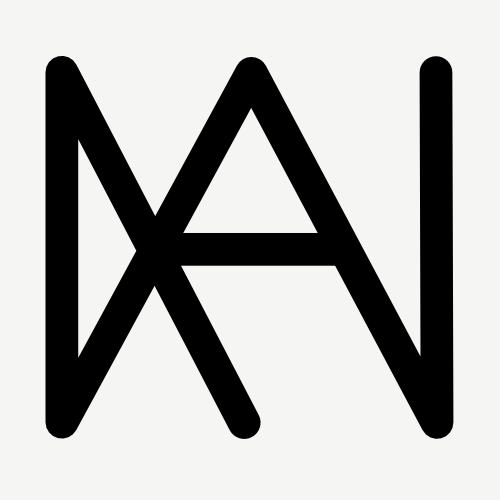Engrave emotions & over meaning
My work explores emotion as a structural and spatial experience—something that is not only felt but shaped, accumulated, and embedded into the fabric of time and memory. I begin with the fundamental question: what form does emotion take, and how can it be made visible?
Drawing inspiration from Wassily Kandinsky’s theories of point, line, and plane, I use these elements to construct an emotional architecture. A point marks the origin of feeling, a line follows its trajectory, and a plane holds the weight of its duration. These elements are not metaphors, but a compositional grammar through which I trace the inner vibration of emotion.
My primary material is Hanji, traditional Korean paper that I craft myself from Dak fiber. I layer it into dense, thick sheets—treating paper not as a background, but as a central body. Onto this surface, I combine printmaking techniques and sculptural processes: carving, layering, and pressing to record the echoes of emotion. The concept of “layers” becomes a visual metaphor for how emotions are remembered, buried, and re-emerge.
My process moves between analytical structure and intuitive response. I work within geometry and order, yet allow for uncertainty and rupture. The result is a body of work that does not depict emotion directly, but builds a form where it once was—a trace of what passed through us and remains.Ultimately, my practice is a way of giving form to the invisible, and inviting viewers to see emotion not as ephemeral, but as something that leaves a tangible mark.
